Description
Strategic Air Command (SAC) was the pre-eminent military actor in US nuclear policy from start to the end of the Cold War. Its early years saw the introduction of new aircraft and early ballistic missiles, while after the Cuban Missile Crisis, there was a period of force consolidation with the it being dominated by the B-52 and the KC-135; this period also saw the introduction of second-generation missiles. The late 1960s and early1970s saw the bomber force involvement in Vietnam and the introduction of the FB-111A. This was followed by a period of stability in the 1980s, when SAC readiness reached its peak. Illustrated with over 180 photographs, this book looks at the aircraft, operations, people and locations of SAC, from its early history through to the end of the Cold War. It looks at new equipment, the importance of SAC strategic reconnaissance aircraft (RB-29, RB-45, RB-50, U-2/TR-1, SR-71, B-47 and RC-135), SAC readiness programmes (ORI), and its command and control mechanisms.
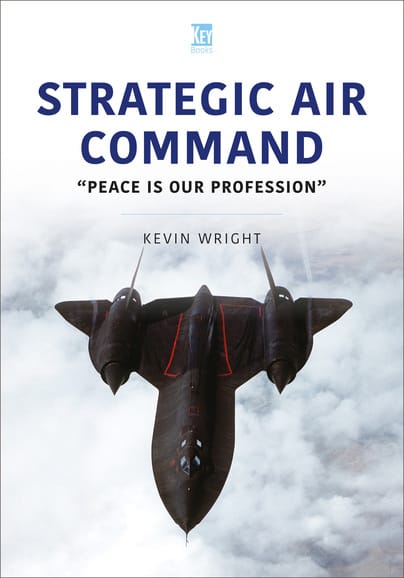

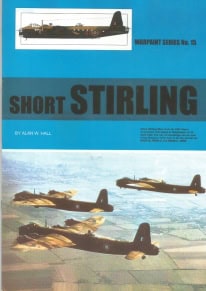
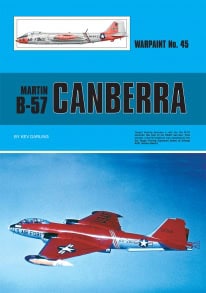


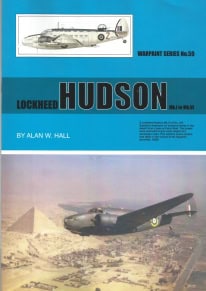
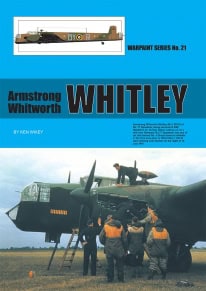
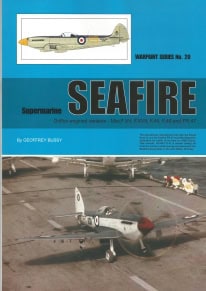
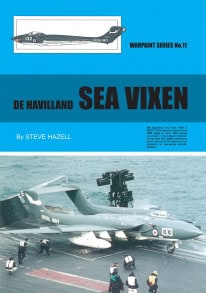

Reviews
There are no reviews yet.